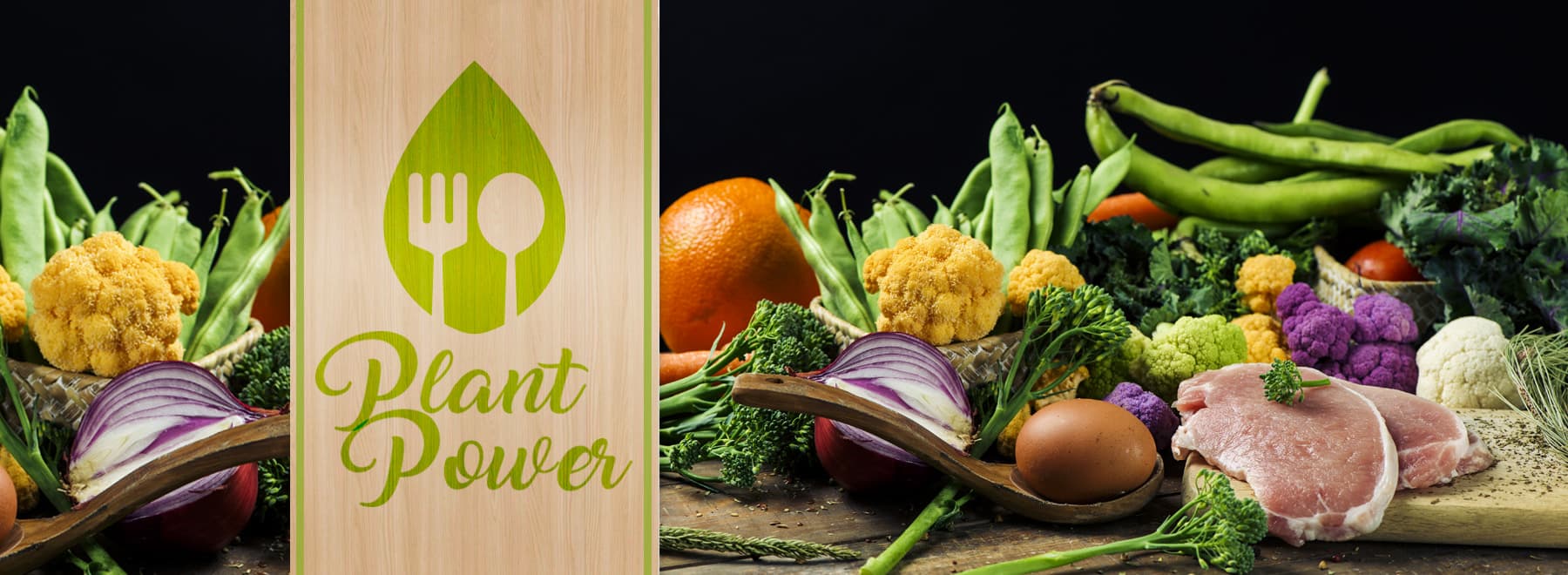Look no further for healthy, filling spring meals than these ideas
Published on Friday, March 1, 2019
By: Lindsay McMurtray
Note: This story appears in the March 2019 edition of CONSULT, the monthly e-newsletter published by the UMMC Division of Public Affairs that focuses on cutting-edge clinical advances, innovative educational programs and groundbreaking research occurring at UMMC. To receive CONSULT in your email, visit www.umc.edu/CONSULT to sign up.
Making informed food choices and engaging in physical activity can make a real difference in your overall health, but making healthy choices can be difficult.

In honor of National Nutrition Month, Fiona Lewis, a dietitian at the University of Mississippi Medical Center, is providing two suggestions below for nutritional and healthful four-course meals using plant-based ingredients to make your March diet special.
Lewis’ also offered tips about how to choose nutritious, balanced food that doesn’t break the bank.
She said making informed food choices doesn’t end with nutrition, however. Lewis recommends choosing seasonal food that is more sustainable to the environment – which makes the food fresher and more nutritious – and buying from local food sellers.
Lewis used the following guidelines to create the two sample plant-based dinner menus below that are healthy and filling:
• Taste and visual appeal
The flavors are balanced, some intense and others mild. The textures are also balanced, with some crunchy and soft foods. The colors also make the menu visually appealing since we “eat with our eyes” before we actually taste our food.
• Whole food plant-based
Eating patterns that include mostly plant foods have been proven effective in reducing the risk of lifestyle-related chronic illness (e.g. type 2 diabetes, high blood pressure and high cholesterol) and even reversing these chronic illnesses when combined with other lifestyle interventions, such as regular, moderate physical activity, stress reduction, adequate and restful sleep, and quitting smoking.
• Nutritious and balanced
The foods in the menu are nutrient dense and balanced. They also represent several food groups as outlined by the USDA dietary guidelines. The foods are packed with vitamins, minerals and antioxidants.
• Seasonal and regional
Seasonal and regional foods are generally more nutritious compared to foods shipped from other states and countries. It is always better to shorten the time between when produce is harvested and when it makes it to our plate. This helps minimize the loss of nutrients that can occur in time.
It can take several days or weeks for fresh produce to make it from the farm to our forks. This farm-to-fork concept also helps us to support our local farmers and reduce food waste.
• Substitutions
The foods in the menu can be substituted. Frozen greens can be used instead of fresh greens. Dried, frozen or reduced-sodium canned black=eyed peas can be used for the croquettes.
• Affordable and accessible
The produce in these menus can be purchased at a local farmer’s market or through a local community-supported agriculture/produce subscription box, such as the program available from Foot Print Farms. The lean proteins can be purchased at a local grocery store. Frozen greens, berries and dried black-eyed peas can be purchased in some local dollar stores.
Lewis’ suggests the following “flexitarian” and “plant-powered” four-course meals in March:
Flexitarian menu (meat protein included)
 Starter
Starter
Carrot and broccoli stem salad with toasted almonds and cranberries
Appetizer
Baked turnip wedges
Cajun low-fat mayonnaise dip
Entrée
Barbecue chicken breast with skin removed
Baked sweet potato
Sautéed turnip greens with red bell peppers and purple onions
Dessert
Berry cobbler
Plant-powered (meatless) menu
 Starter
Starter
Swiss chard, purple cabbage and carrot salad with crunchy chickpeas
Appetizer
Black-eyed pea croquettes with low-fat adobo mayonnaise
Entree
Crockpot Cajun red bean and collard green stew
Quinoa
Dessert
Apple pie tacos



